Exploring the Sacred: The Relationship Between Art, Religion, and Iconography
#FrequentlyAskedQuestions
Art and religion have shared a profound and enduring relationship throughout human history. Together, they have shaped cultures, communicated belief systems, and provided a means for individuals to engage with the divine. Art serves as a tangible expression of intangible spiritual ideas, enabling people to explore, celebrate, and affirm their faith. From ancient Egyptian tomb paintings to the sacred frescoes of the Renaissance, art reflects humanity's spiritual aspirations and beliefs.
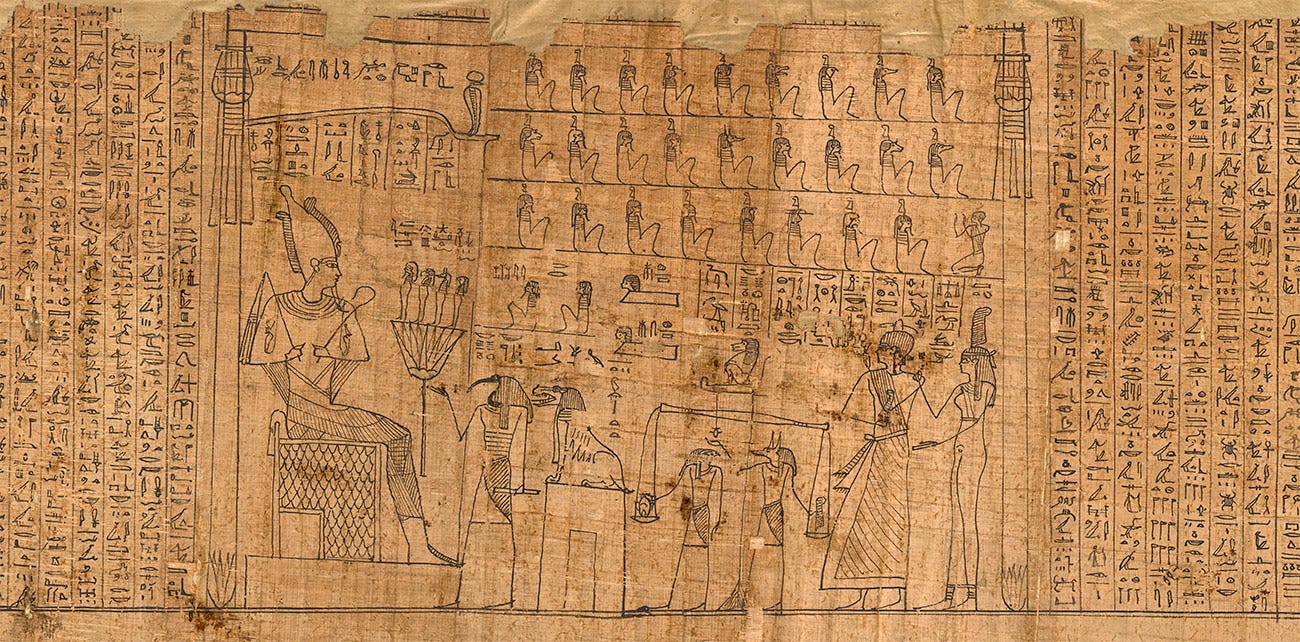

Historically, religious art has played a vital role in translating sacred narratives into accessible visual forms. For instance, ancient Egyptian art was deeply intertwined with religious beliefs about the afterlife, as seen in The Book of the Dead, which used vivid imagery to guide the soul through the underworld (Gombrich 55). Similarly, medieval Christian art communicated biblical stories and theological doctrines to largely illiterate populations through symbolic representations. Giotto’s frescoes in the Scrovegni Chapel exemplify this by depicting emotionally charged biblical scenes that engaged the faithful (Snyder 88). In Islamic art, geometric patterns and calligraphy express the infinite nature of Allah while respecting the prohibition against figural imagery, demonstrating how religious beliefs shape artistic expression (Blair and Bloom 45).
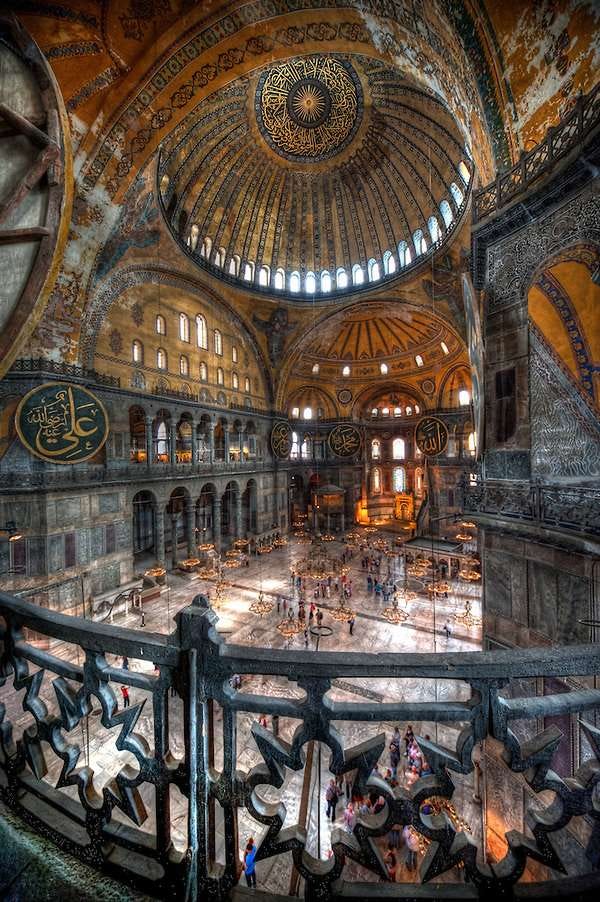


Religious institutions have also used art to assert spiritual and political authority. Monumental structures like the Hagia Sophia in Constantinople were designed to inspire awe and symbolize divine and imperial power. During the Counter-Reformation, the Catholic Church commissioned dramatic Baroque works, such as Bernini’s Ecstasy of Saint Teresa, to evoke emotional responses and reaffirm Catholic doctrines in the face of Protestant challenges (Honour and Fleming 314). Similarly, the Renaissance combined classical ideals with Christian themes, as seen in Michelangelo’s Sistine Chapel Ceiling, which presents a dynamic interplay between divine grace and human dignity (Vasari 256).
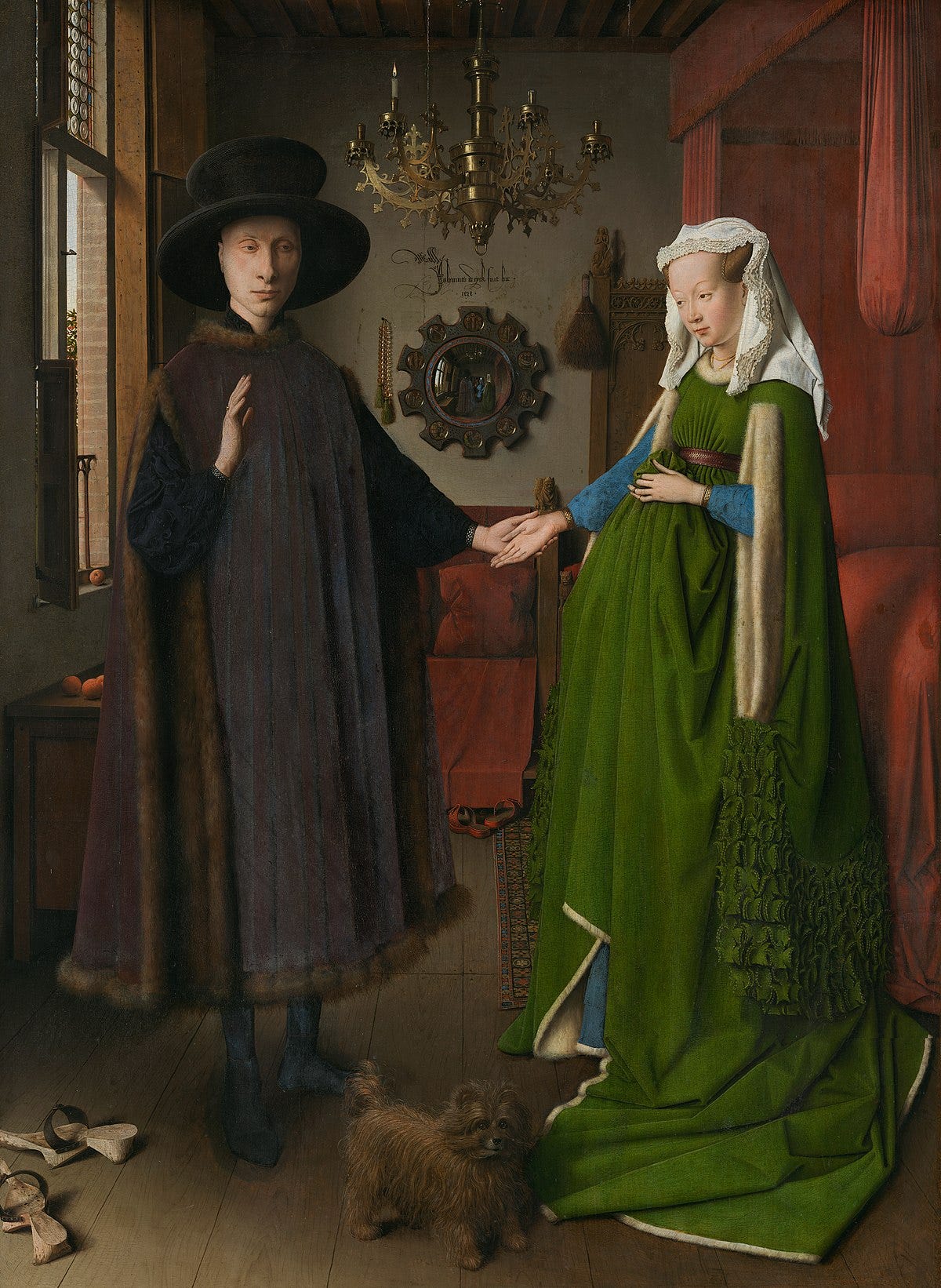
Central to understanding the relationship between religion and art is the concept of iconography, the study of symbols, themes, and motifs in artworks. Iconography allows art historians to decipher the visual language of art and uncover its deeper meanings. Religious iconography, in particular, relies on shared symbols that resonate with spiritual significance. For instance, the cross in Christianity symbolizes salvation and sacrifice, while the lotus flower in Buddhism signifies enlightenment and purity (Mitchell 15). The interpretation of such symbols provides insights into the cultural and historical context of the artwork. In Jan van Eyck’s Arnolfini Portrait, objects such as the dog and fruit carry layered meanings, representing fidelity and fertility, which enrich our understanding of the painting (Panofsky 67).
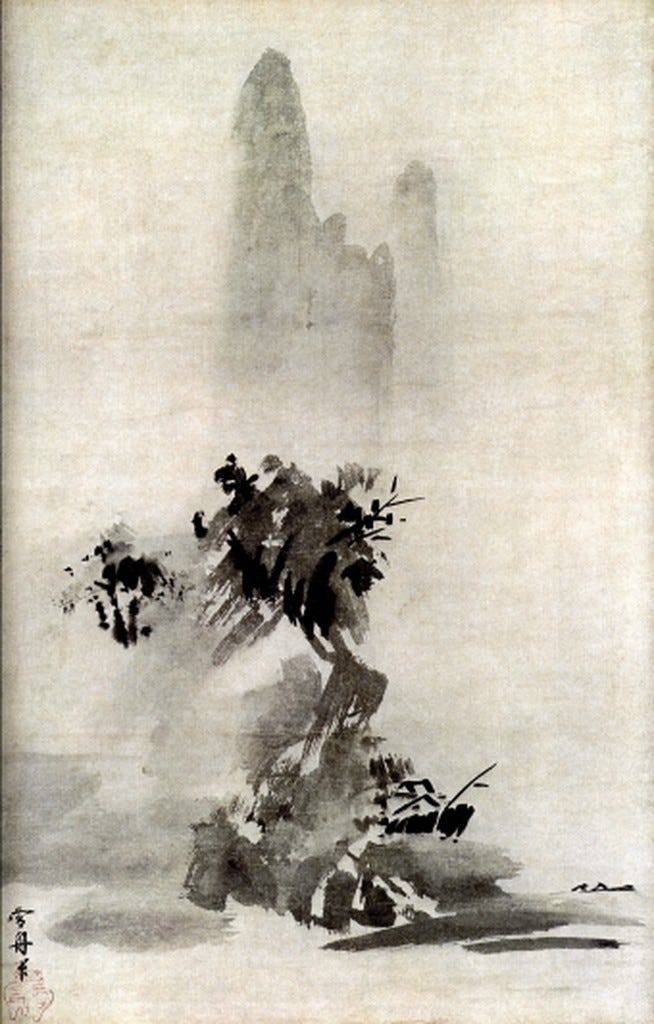
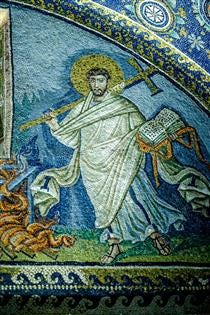
Moreover, iconography enables religious art to bridge cultural divides by creating a universal visual language. This visual symbolism fosters connections across diverse traditions, allowing individuals to engage with the art’s spiritual and cultural dimensions. Whether through the grandeur of Byzantine mosaics or the meditative simplicity of Zen Buddhist ink paintings, religious art demonstrates how iconography transcends boundaries and conveys enduring truths.
The relationship between religion and art is a testament to humanity's search for meaning and connection. Through the study of iconography, we gain a deeper appreciation for the ways in which religious art communicates complex ideas and fosters spiritual reflection. From the sacred spaces of ancient temples to the vibrant canvases of the Renaissance, art and religion together illuminate the human experience, shaping cultures and inspiring generations.
References:
Blair, Sheila, and Jonathan Bloom. Islamic Arts. Phaidon Press, 1997.
Gombrich, E. H. The Story of Art. Phaidon Press, 1995.
Honour, Hugh, and John Fleming. A World History of Art. Laurence King Publishing, 2009.
Mitchell, W. J. T. Iconology: Image, Text, Ideology. University of Chicago Press, 1986.
Panofsky, Erwin. Studies in Iconology: Humanistic Themes in the Art of the Renaissance. Harper & Row, 1962.
Snyder, James. Medieval Art: Painting, Sculpture, Architecture. Prentice Hall, 1989.
Vasari, Giorgio. Lives of the Artists. Translated by Julia Conaway Bondanella, Oxford University Press, 1991.




Such a rain drop in a sea of storytelling here. Any one of these examples is, of course, a complete study unto itself. Furthermore, an entire Substack break out could be dedicated to Symbolism in Reglious Art and never starve for further subject matter!